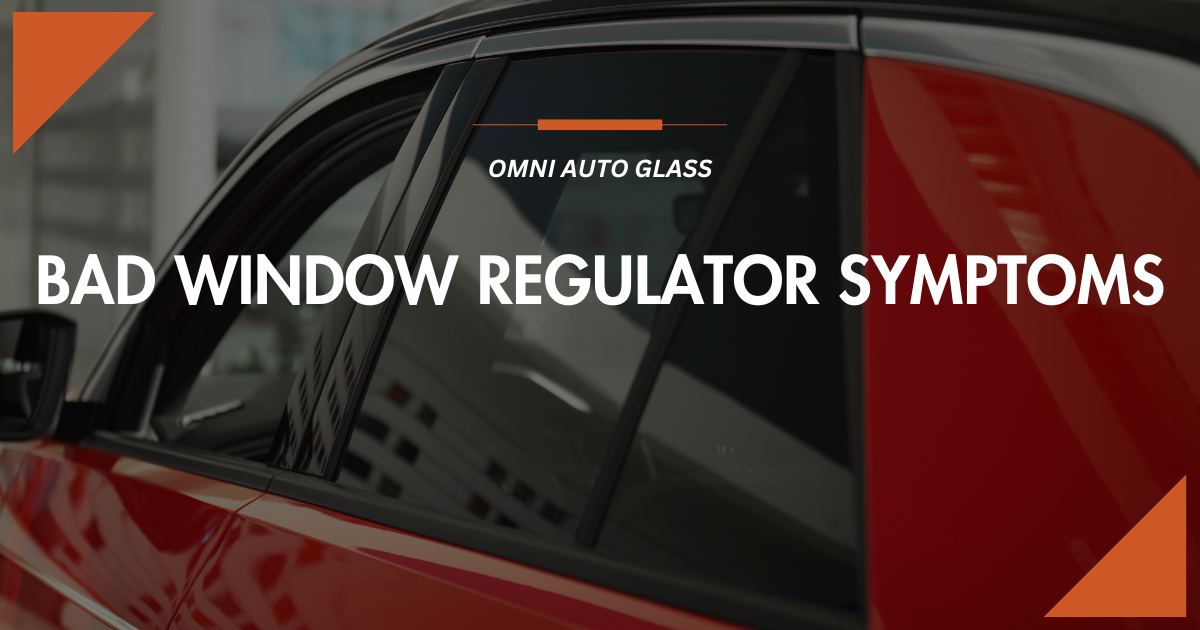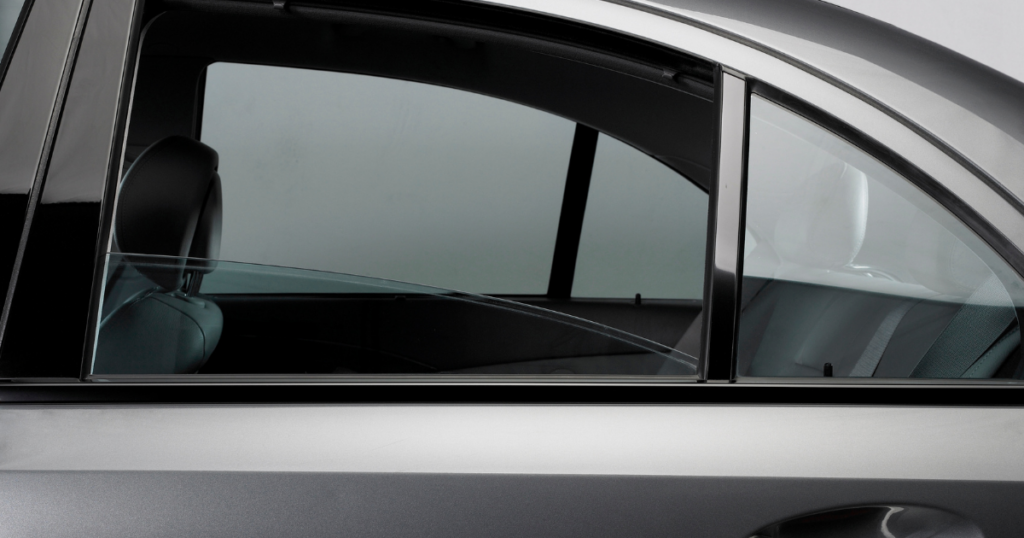Your car’s window regulator plays a crucial role in the convenience and safety of your vehicle. This component allows you to raise and lower your windows with ease. However, like all mechanical parts, it can wear out over time, leading to various issues that may require attention. Recognizing the symptoms of a failing window regulator can help you address problems early, preventing further damage and maintaining the functionality of your car.
Key Symptoms of a Bad Window Regulator
Slow or Uneven Window Movement
One of the first signs of a failing window regulator is slow or uneven movement when you operate the window. If you notice that your window is taking longer than usual to go up or down, or if it moves in a jerky, inconsistent manner, it could be due to worn-out components within the regulator. Over time, the internal parts may suffer from friction, lack of lubrication, or even electrical issues, all of which can impede smooth operation.
Unusual Noises During Operation
Another telltale sign of a bad window regulator is the presence of strange noises when you use the window. Grinding, clicking, or rattling sounds often indicate that the gears, cables, or motor within the regulator are worn out or damaged. Ignoring these noises can lead to more significant issues, including complete regulator failure.
Window Drops or Slides Down
If your window suddenly drops into the door or refuses to stay in place, it’s a strong indicator that the regulator is no longer able to hold the window up. This could be due to broken cables, damaged guide rails, or worn-out pulleys. This issue not only compromises your vehicle’s security but also poses a risk to your safety.
Inconsistent Window Operation
Inconsistent behavior when operating the window—such as the window not responding to the switch, moving only intermittently, or stopping halfway—can also signal a problem with the window regulator. This issue may stem from electrical faults, damaged wiring, or internal damage to the regulator itself.
Window Refuses to Stay Up
A window that refuses to stay up and keeps sliding down is a common symptom of a failing window regulator. This problem could be due to faulty components such as gears, cables, or tracks within the regulator, which are essential for maintaining the window’s position.
Causes of Window Regulator Failure
Understanding what causes a window regulator to fail can help you prevent future issues. Common causes include:
- Wear and Tear: Over time, the moving parts within the regulator can wear out, especially with frequent use.
- Improper Use: Constantly opening and closing the window, particularly in harsh conditions like freezing weather, can put excessive strain on the regulator. For more information on how weather conditions can affect your car’s components, check out this article from AAA.
- Accidents: Collisions or other impacts can damage the regulator, leading to malfunction.
When to Seek Professional Help
While some window regulator issues might seem minor, it’s essential to address them promptly to avoid more significant problems. If you notice any of the symptoms mentioned, it’s best to consult a professional mechanic. Attempting a DIY repair without proper knowledge can lead to further damage, potentially costing more in the long run.
Conclusion
Recognizing the early signs of a failing window regulator can save you time, money, and inconvenience. By staying alert to symptoms like slow movement, unusual noises, or a window that won’t stay up, you can ensure that your car remains safe and functional. Regular maintenance and prompt repairs are key to keeping your window regulator in good working order. Contact Omni Auto Glass today for window regulator replacement in San Antonio.
Back to top: Bad Window Regulator Symptoms




